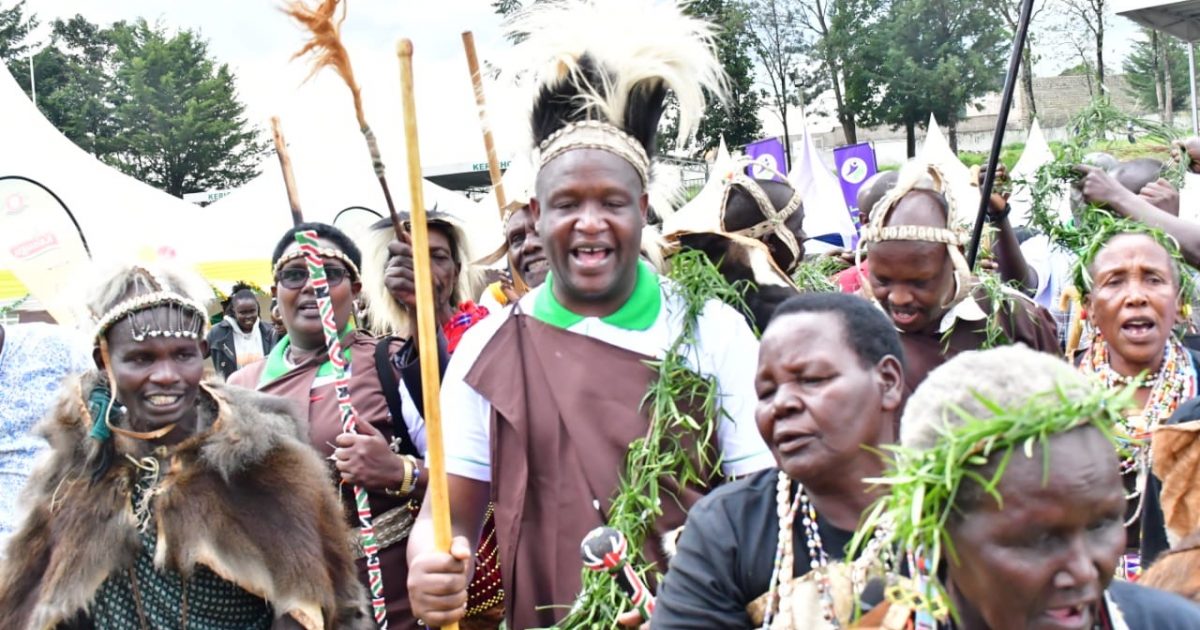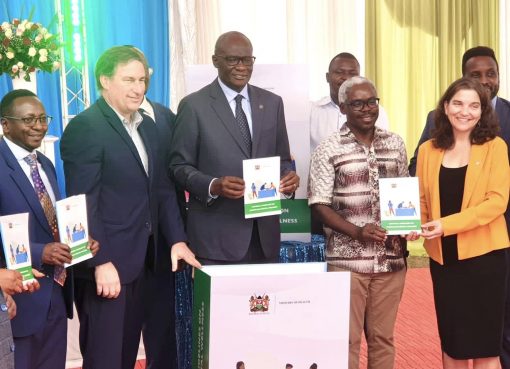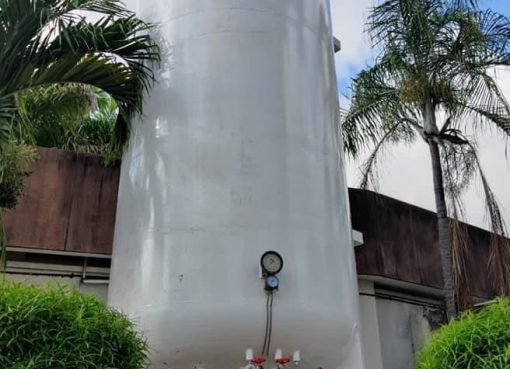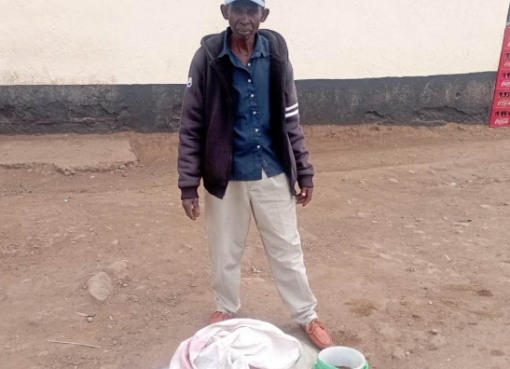Kericho County Government will construct a Cultural and Heritage Museum to protect, promote, and valorize (value addition) the Kipsigis community’s traditional knowledge and associated assets.
Speaking during the Kipsigis Cultural Festival at the Kiprugut Chumo Stadium, the County Governor, Eric Mutai, said Kericho has a very rich traditional base, especially in matters of traditional knowledge, skills, assets, and heritage sites.
Therefore, the construction of a museum would be ideal, to ensure the preservation of Kipsigis traditional knowledge and cultural expressions for future generations to learn.
The Governor also said the museum would be significant in promoting tourism, as people from all walks of life would visit and learn about the rich Kipsigis heritage and culture.
During the festival filled with pomp and colour, traditional songs and dance, the Governor assured that going forward, in collaboration with Bomet and Narok Counties, the Kipsigis culture would be made bigger and better and people would be able to experience the heritage of the community and even get a chance to purchase some of the traditional ornaments and sample the traditional cuisine.
The three-day ceremony brought together the Kipsigis community from all six sub-counties in Kericho and also people from various communities, got an opportunity to enjoy traditional entertainment and purchase some of the traditional ornaments available.
The Kipsigis sub-tribe is the largest Nilotic group of the Kalenjin ethnic group, that speak a dialect of the Kalenjin Language and they majorly occupy the highlands of Kericho and Bomet Counties.
At the Kiprugut Chumo Stadium, the attendees enjoyed the famous Kipsigis drink popularly known as Mursik, which is a fermented goat or cow milk in gourds,which are popularly known as Sotet and flavoured with antiseptic ash.
During the event, participants also got the chance to learn how the Kipsigis community is organised in terms of geo-political groupings, clan systems, and age sets, while some showcased the traditions adhered to during initiation ceremonies.
Elizabeth Chepkirui, one of the traditionalists who spoke to KNA, revealed that the Kipsigis men, traditionally built houses, repaired fences, cleared land for cultivation, hunted and took care of livestock, while the women prepared meals, collected water and firewood, tendered the gardens, grew millet and sorghum and took care of the children.
Recently the Ministry of Tourism, Wildlife, and Heritage through the Natural Products Industry (NPI), completed the Indigenous Knowledge Documentation and Digitization (IK-DODI) of traditional assets among the Kipsigis community in Kericho County, with the aim of protection, promotion, and valorization (value addition) of Kenya’s traditional knowledge and associated assets.
According to the Protection of Traditional Knowledge and Cultural Expressions Act 2016 (TK&CE Act 2016) (revised 2018), traditional knowledge associated with cultural expressions (verbal and non-verbal) include stories, epics, legends, poetry, riddles, words, signs, names, symbols, ceremonies, spirituality, way of communication, sacred sites and objects, creative industry, therapy chants (hymns) dispute resolution mechanisms, sports and other forms of entertainment among others.
By Kibe Mburu





